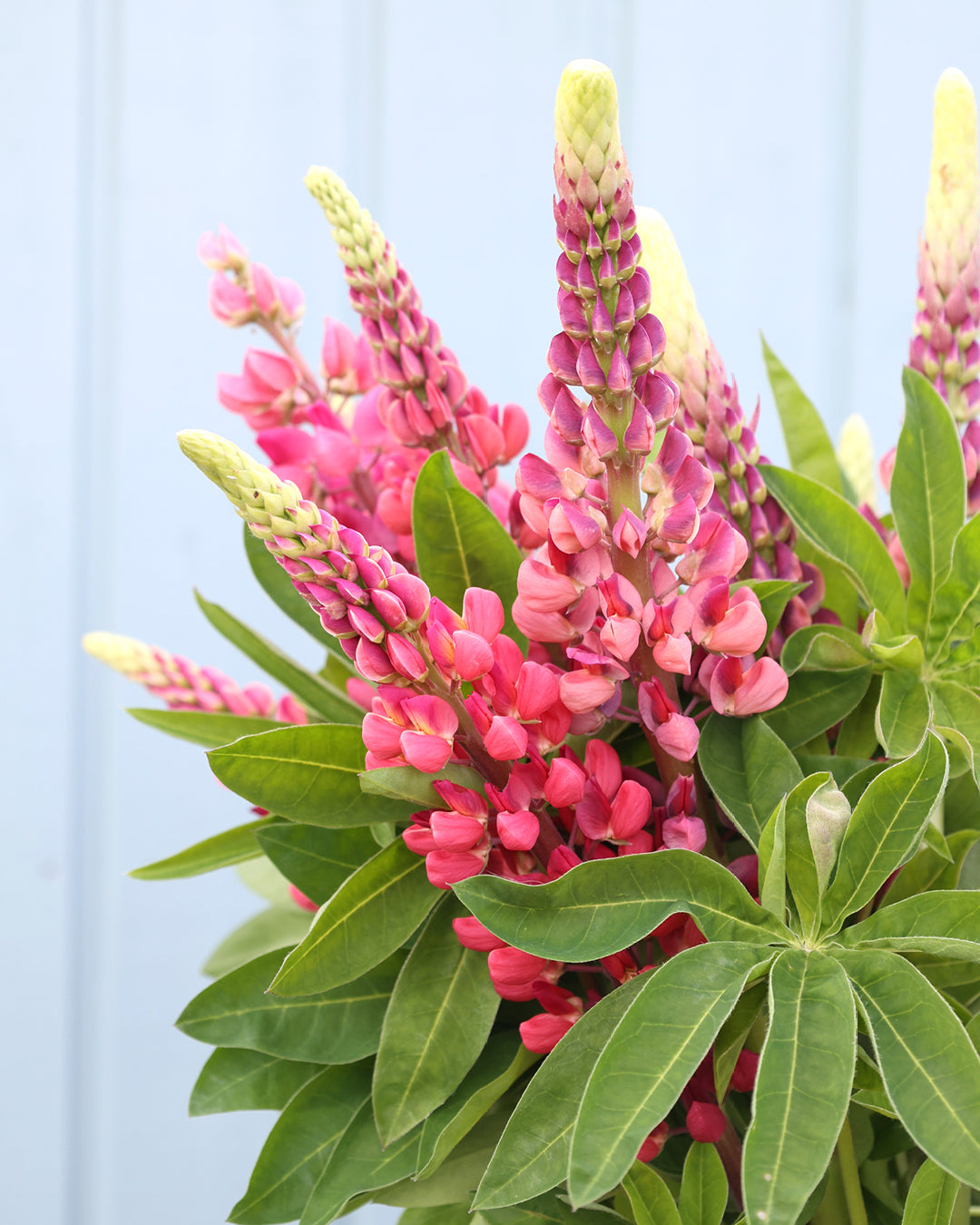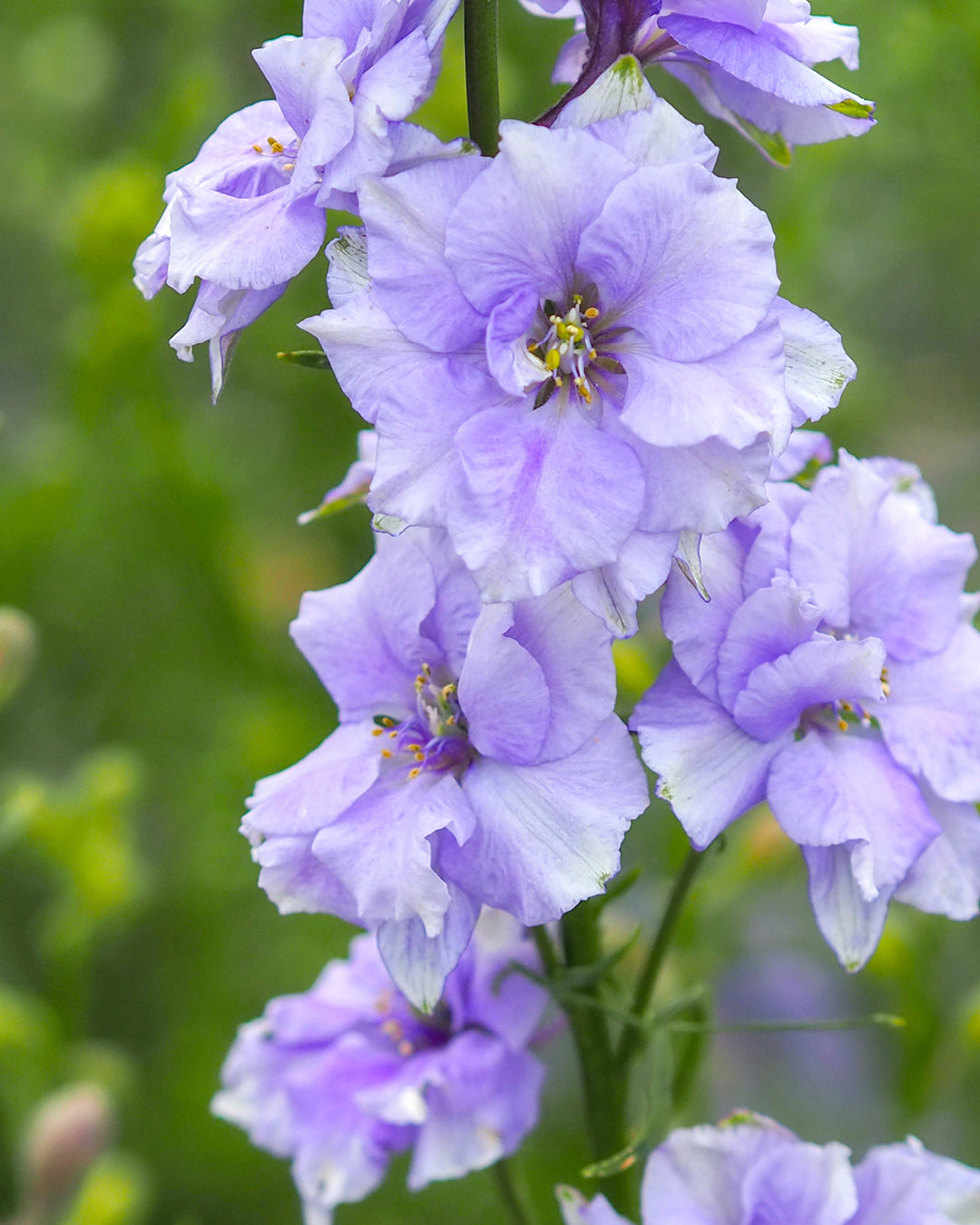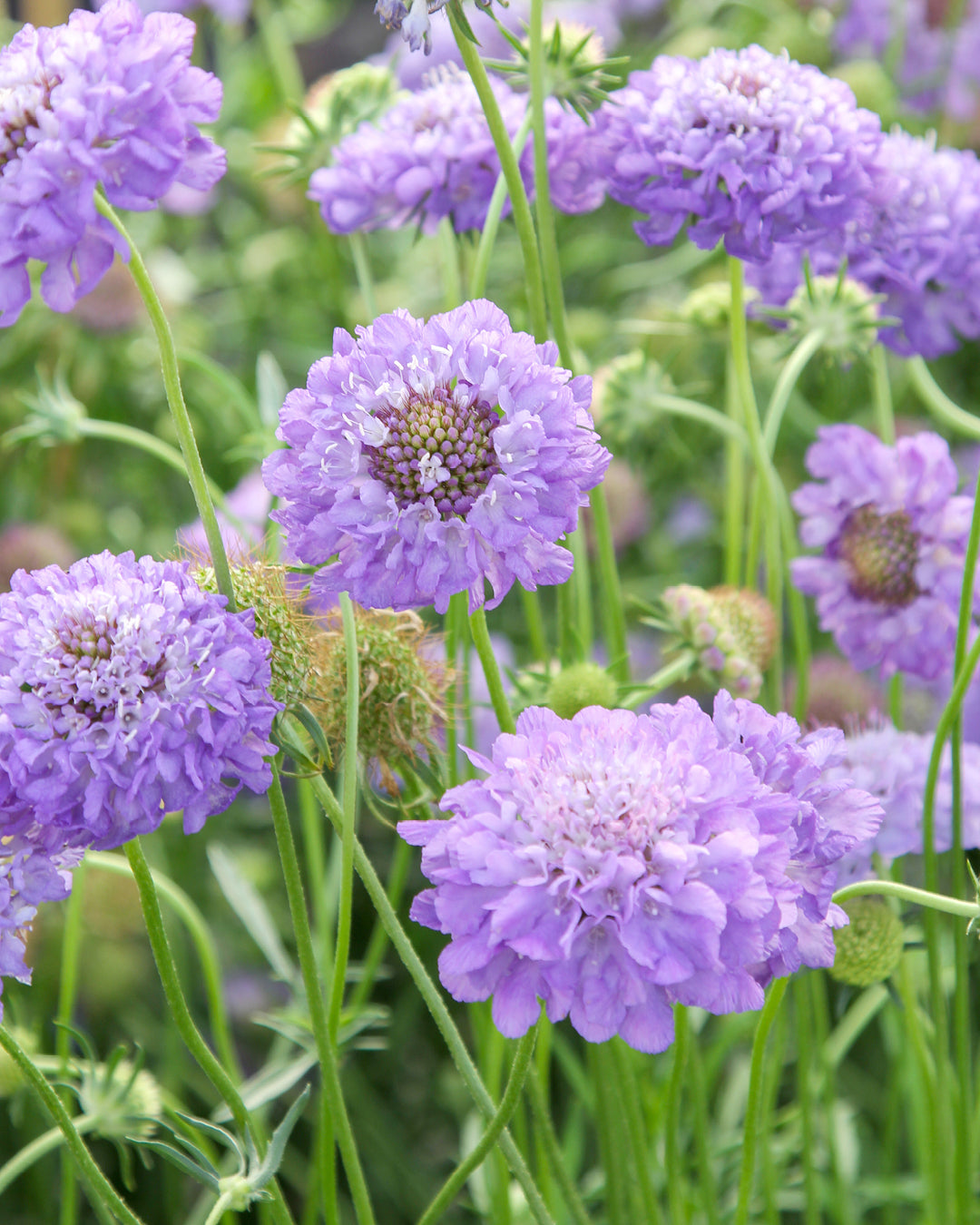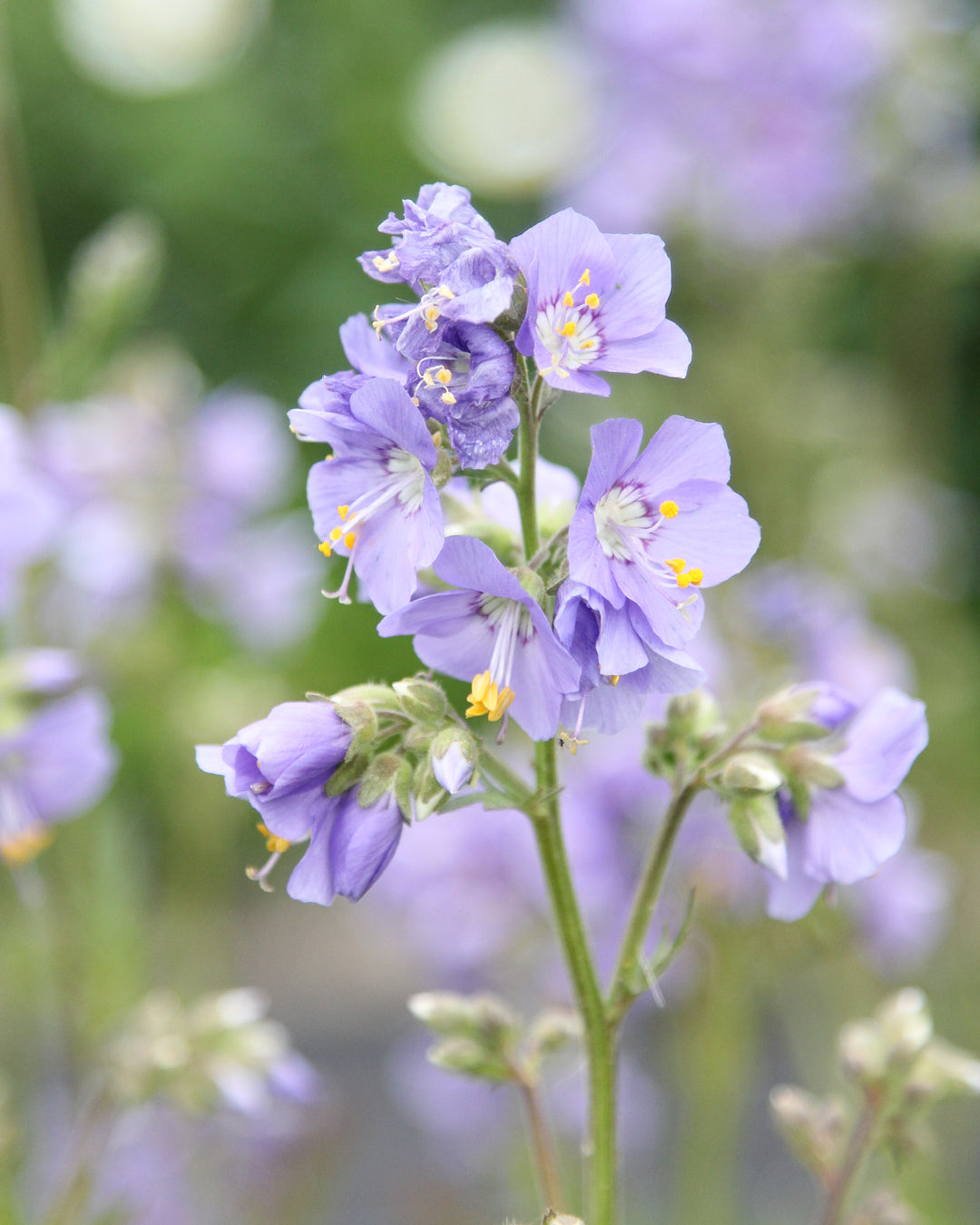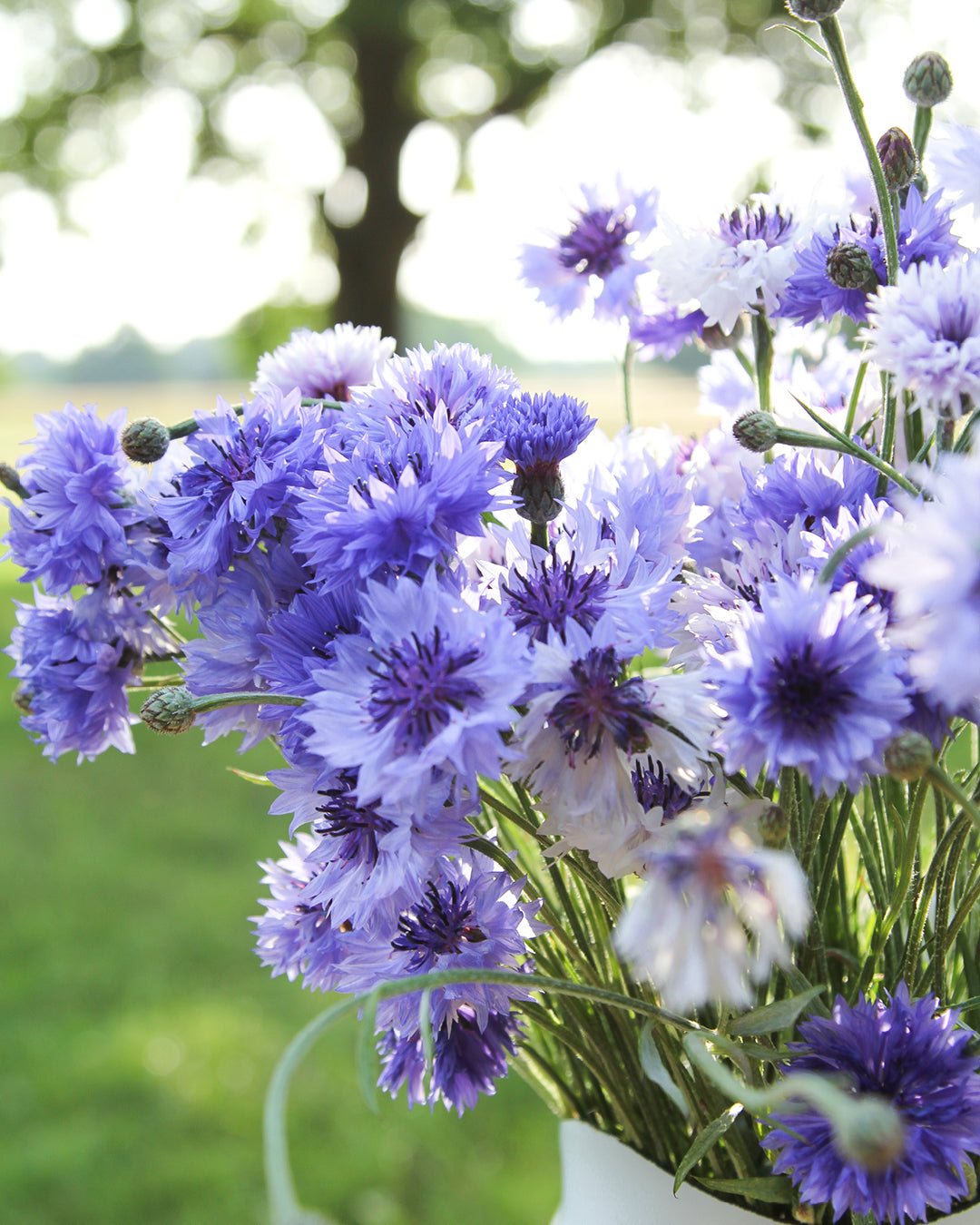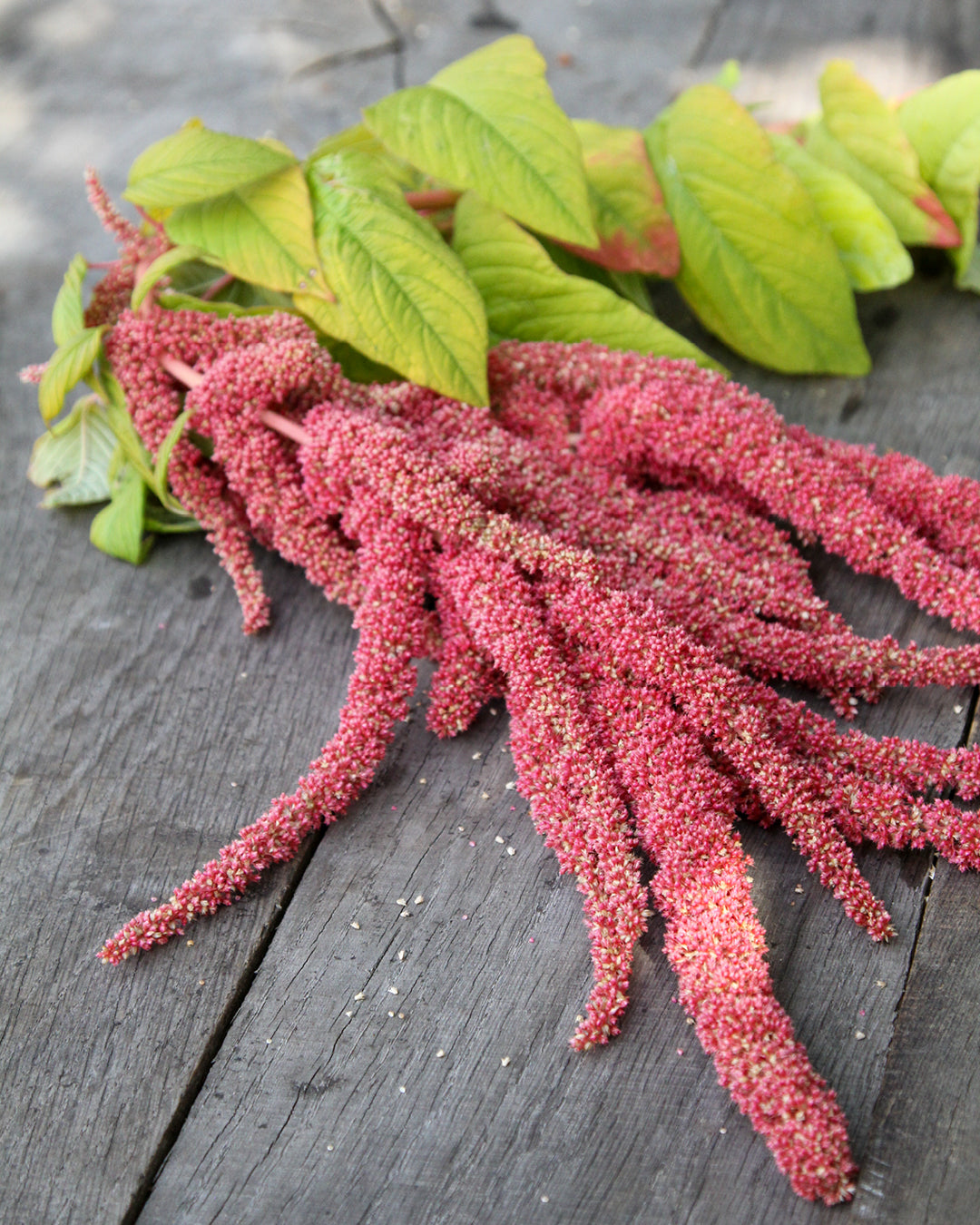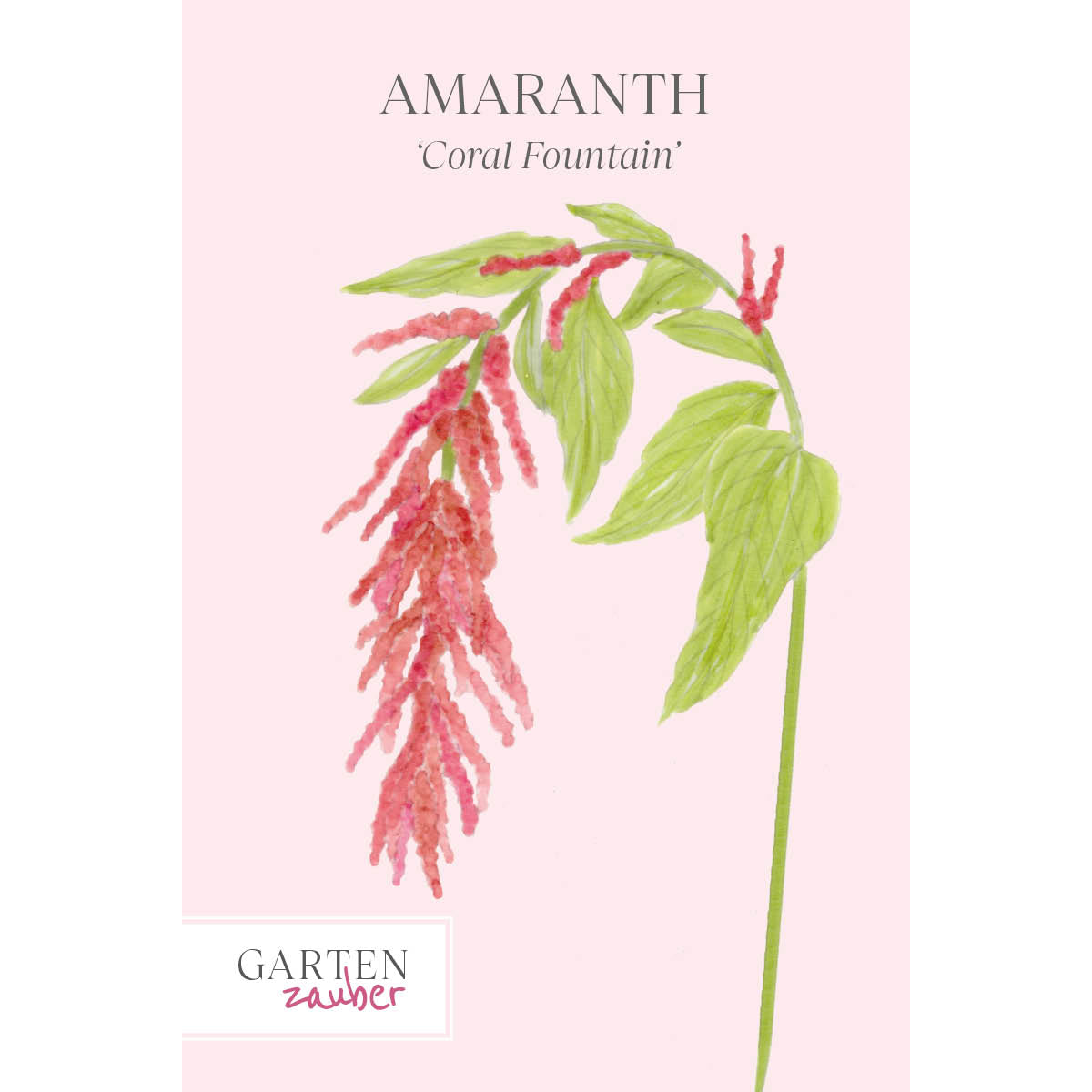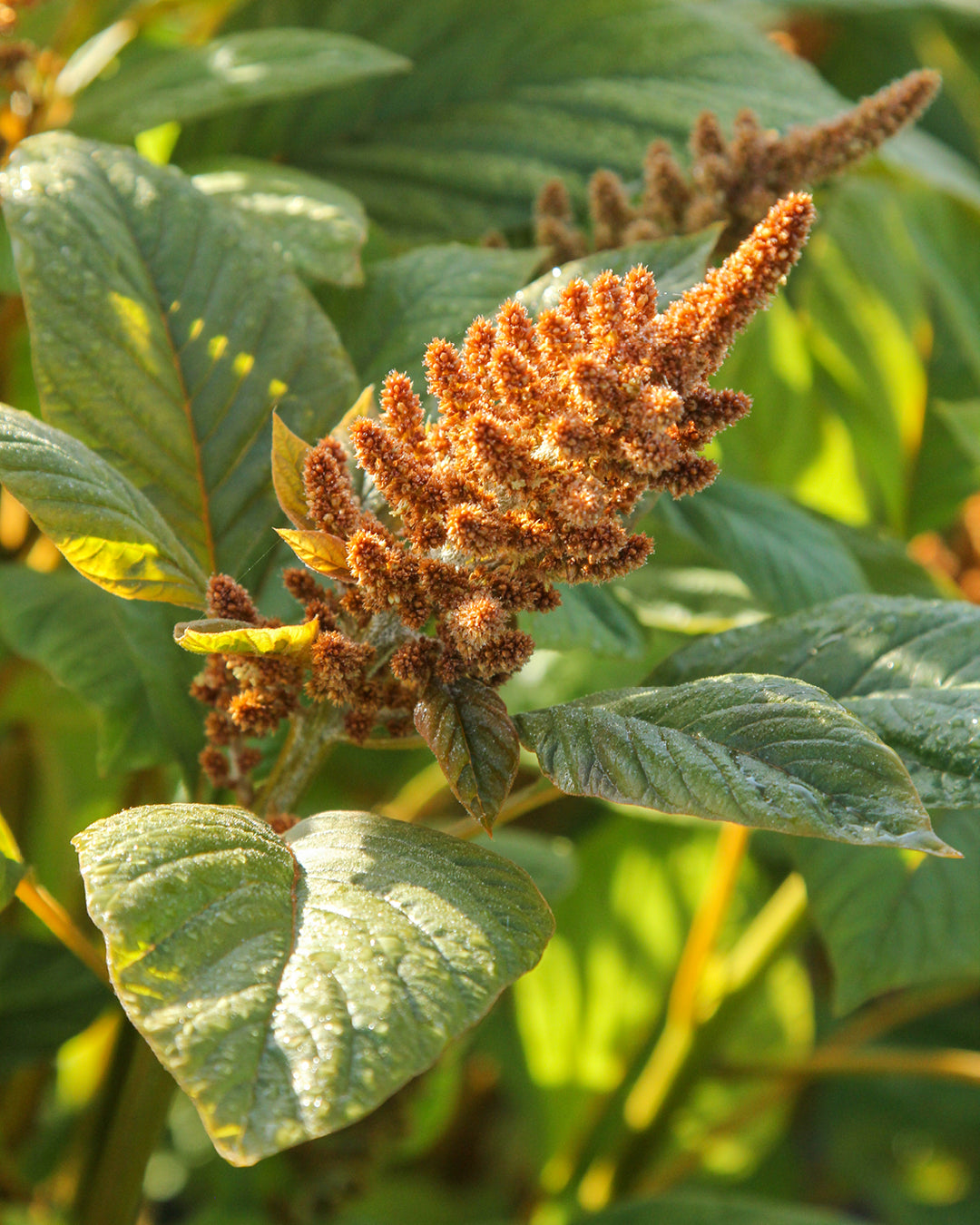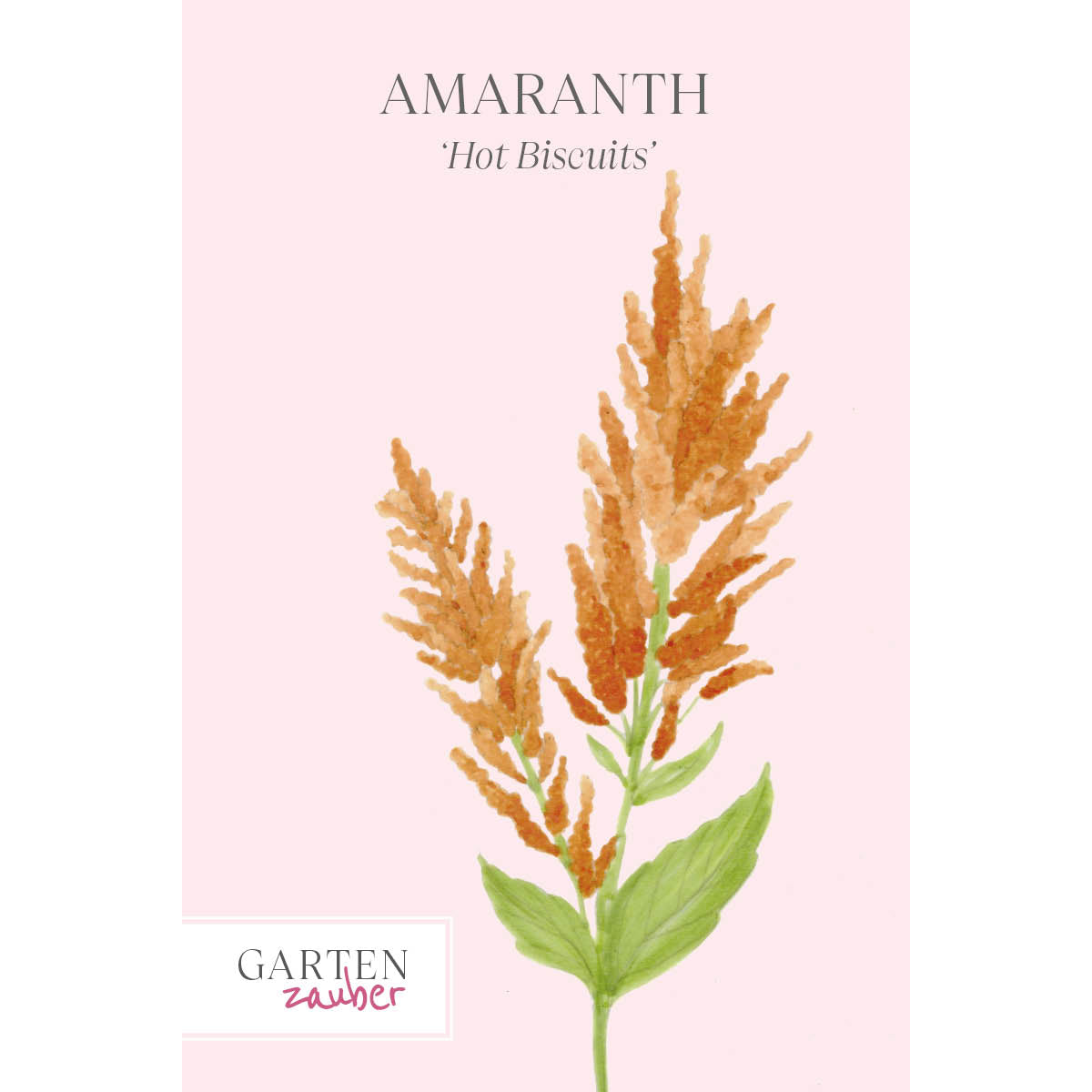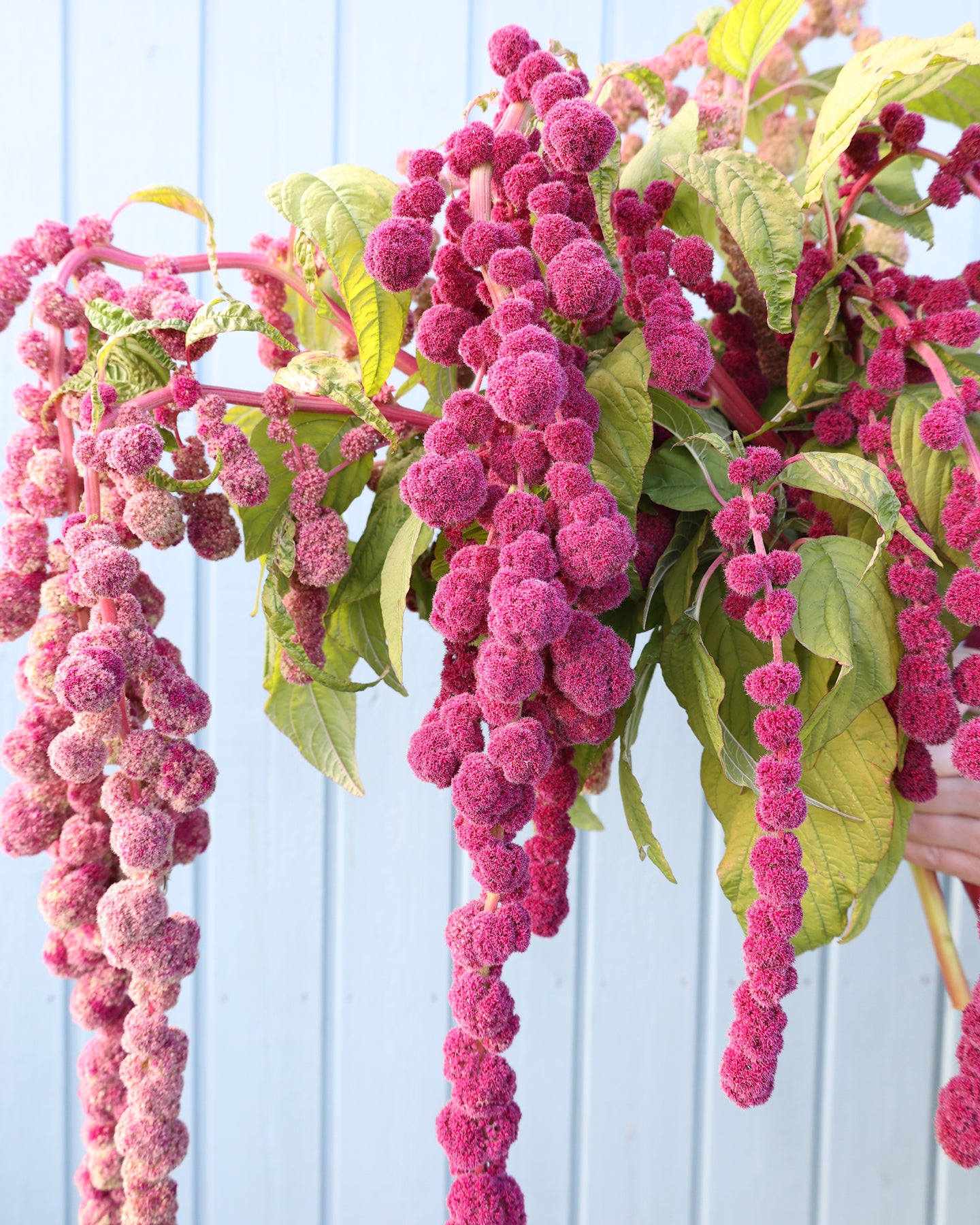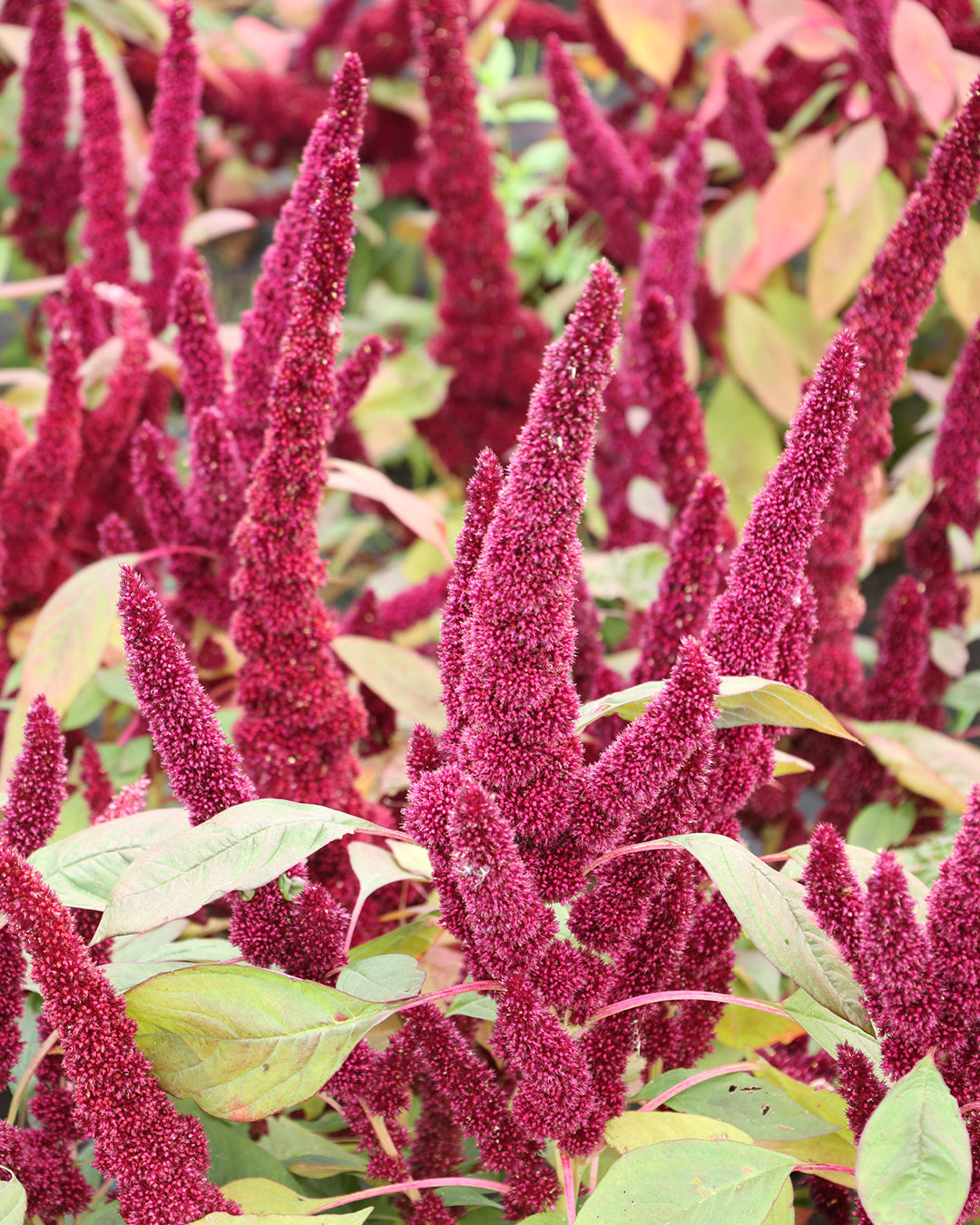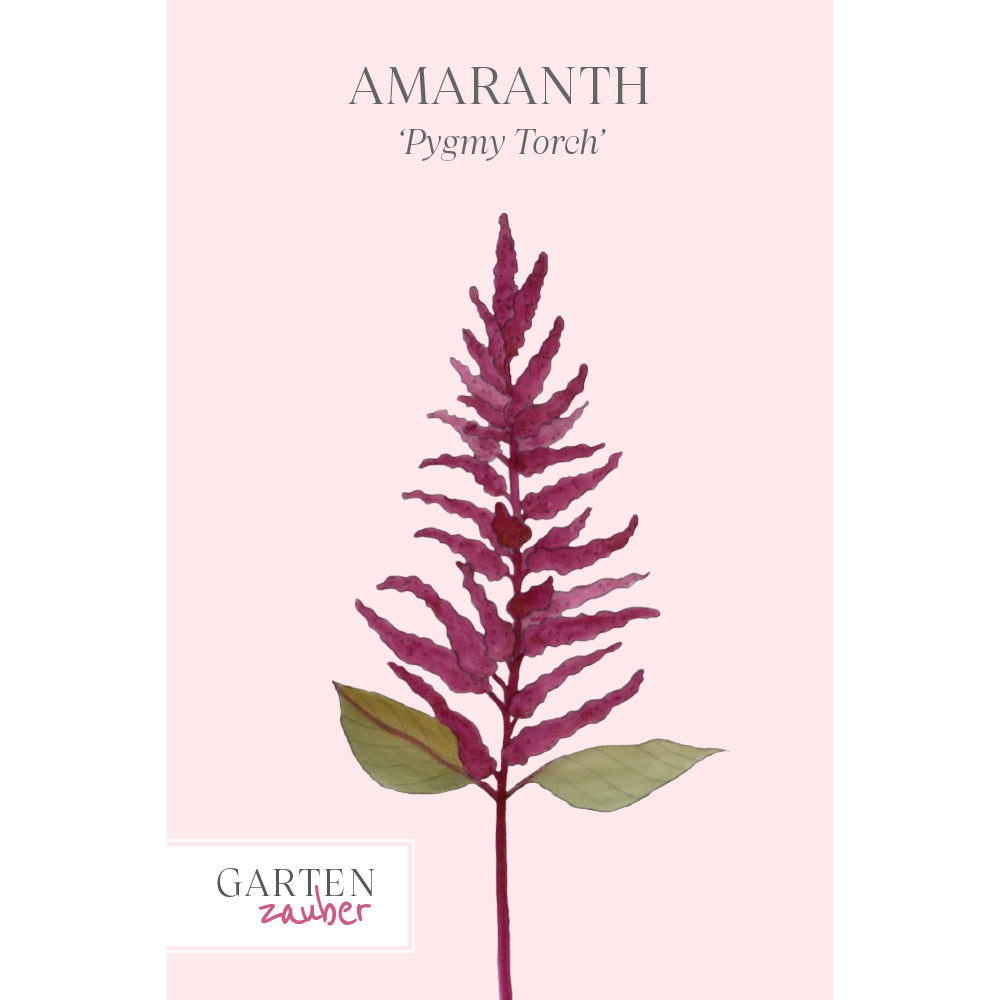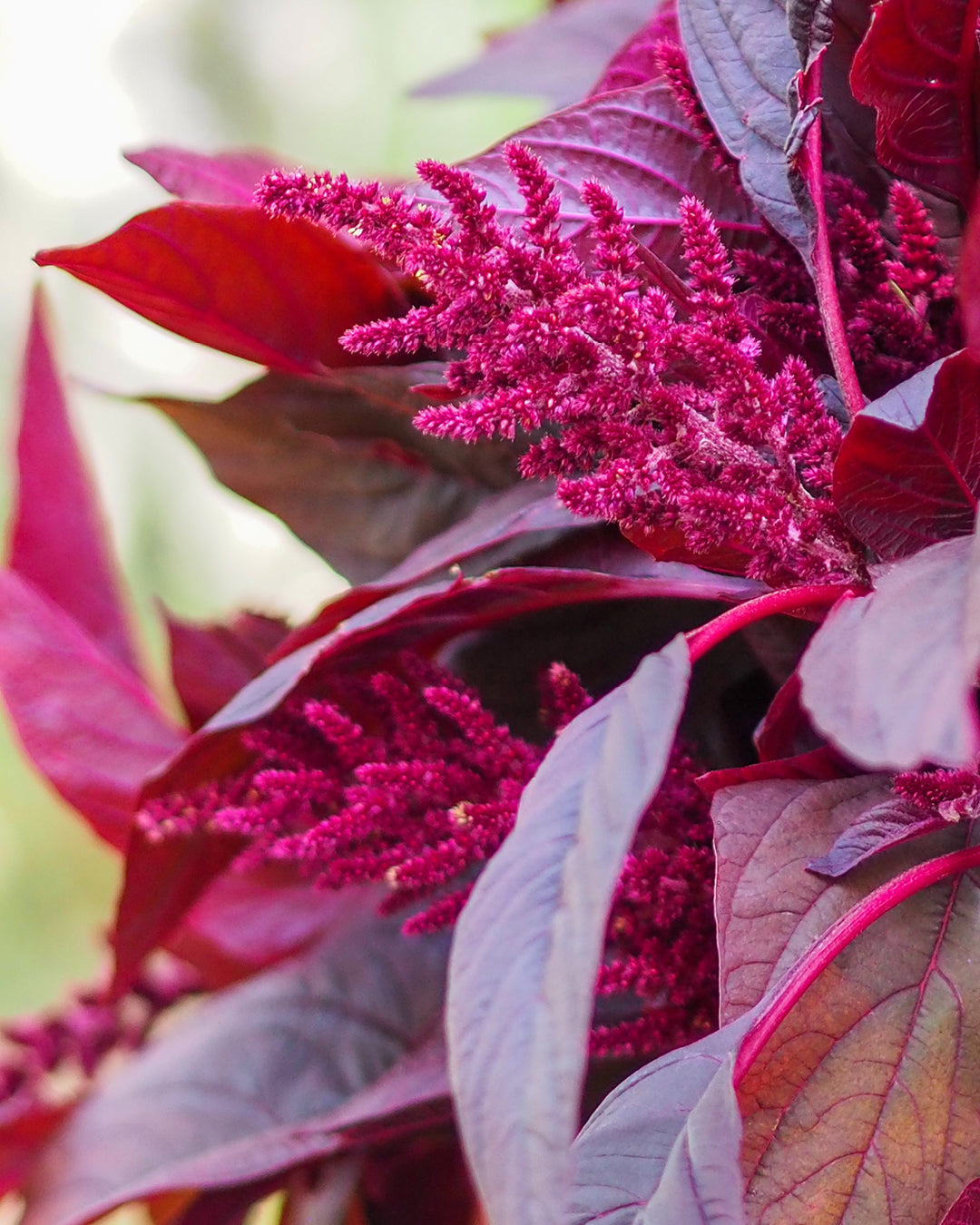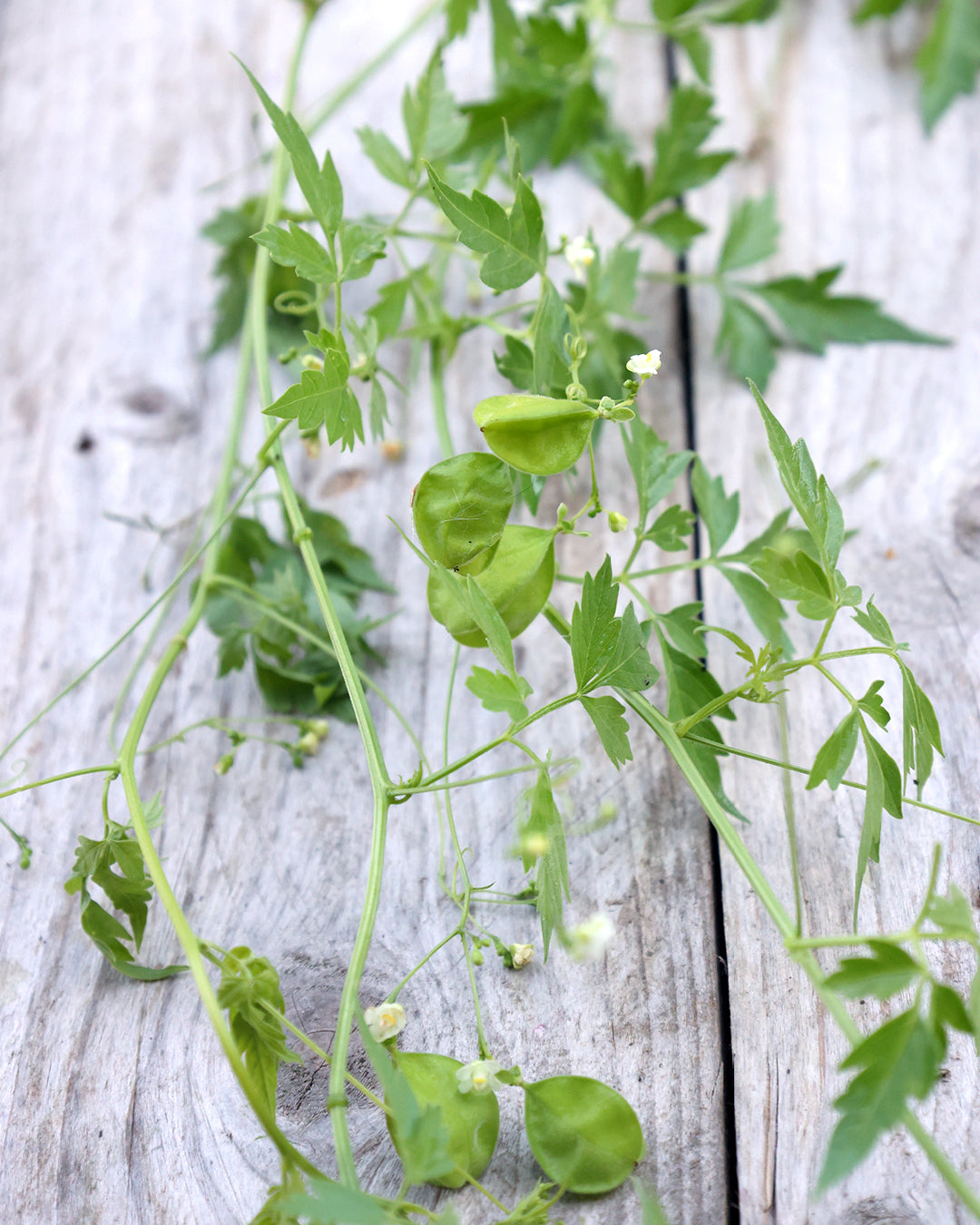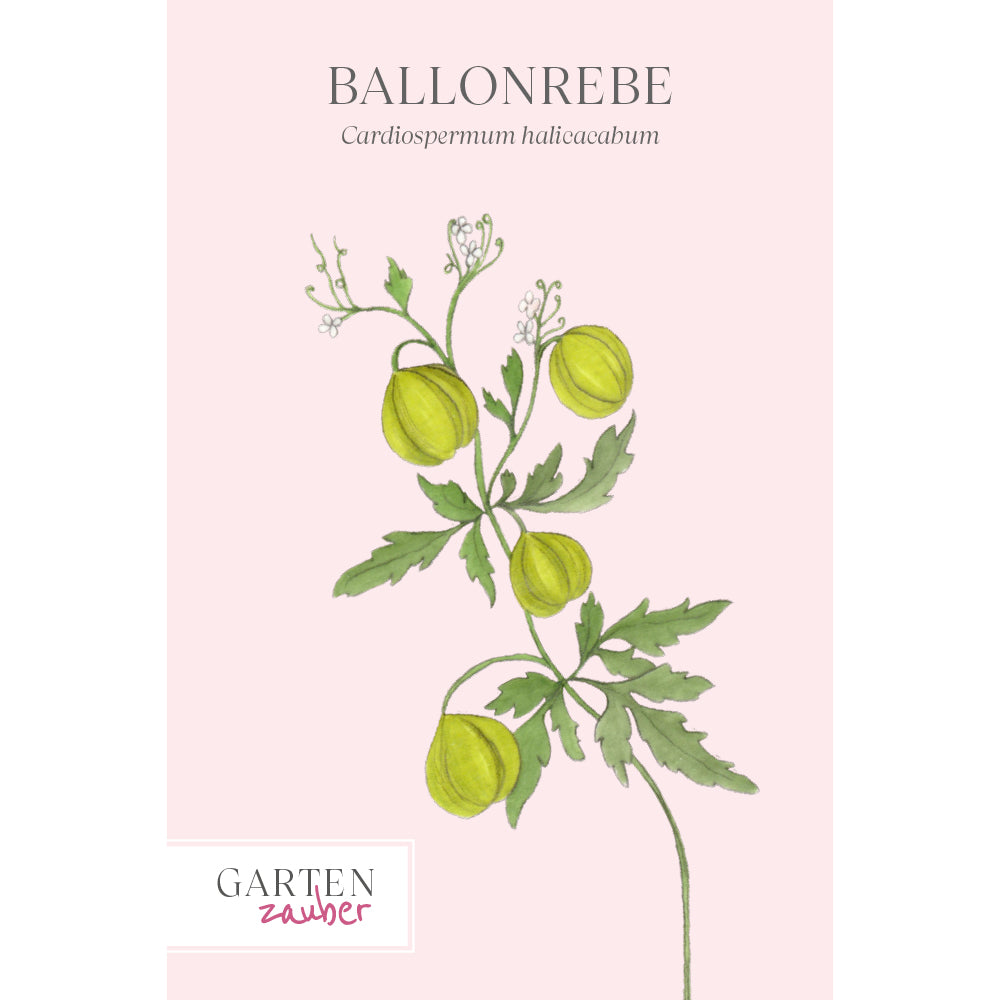Lupine (Lupinus polyphyllus) – Farbenpracht mit Struktur und Ausdruck
A family name that's worth seeing. The lupine belongs to the Fabaceae family. The magnificent flowering candles with their small butterfly-shaped flowers look particularly good in rural and natural gardens. This classic cottage garden plant also has soil-improving properties, as it enriches it with nitrogen.
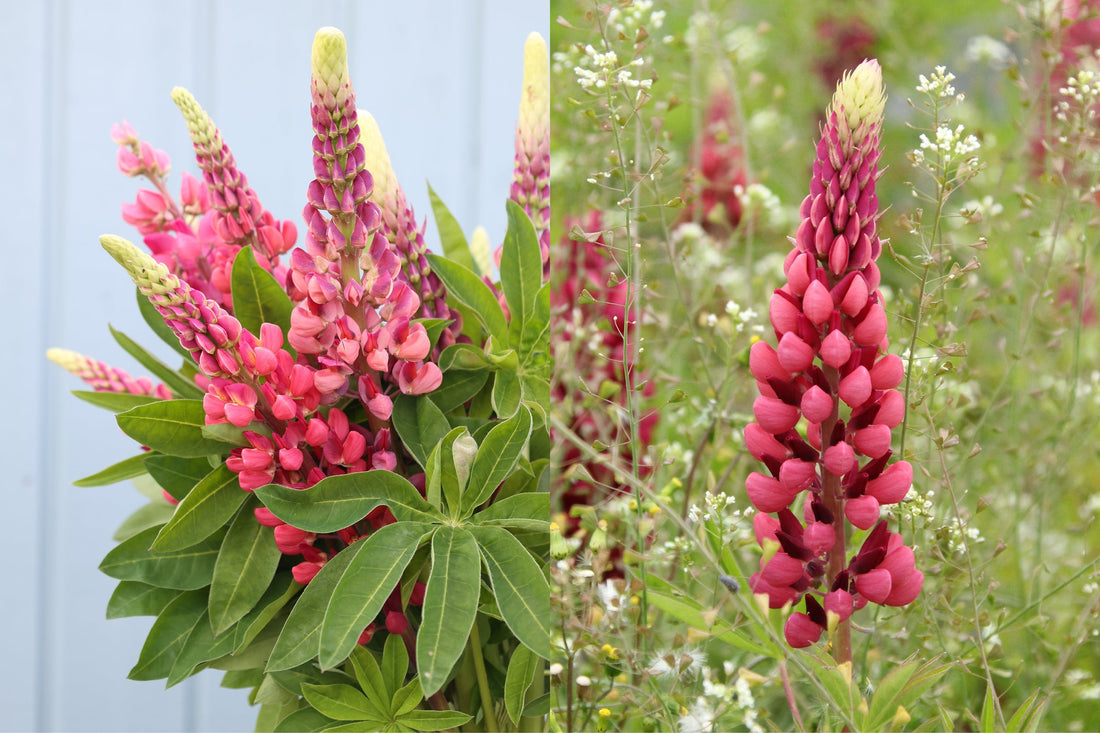
Growth form
The approximately 80 – 120 cm tall, upright, dense to bushy and unbranched perennial has short-stalked, palmately divided, elliptical, lanceolate dark to bluish-green leaves.
blossom
Lupins bloom from May and June, sometimes into August. The impressive flower spikes, with their numerous, butterfly-like blossoms, exude a slightly peppery scent.
They are single- or bicolored and range in color from white, pink, blue, violet, yellow, and carmine red. The flower spikes bloom from bottom to top.
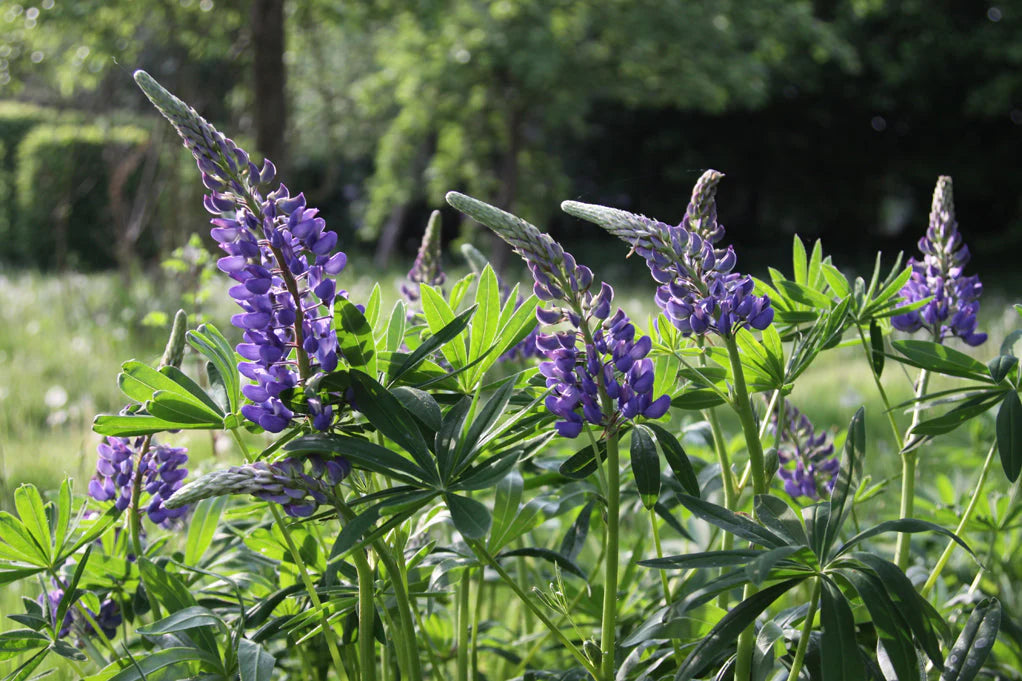
Location requirements
Lupins require a sunny and sheltered location, but can also be planted in partial shade if necessary. They thrive in moderately nutrient-rich, light, deep, low-lime, and not overly wet soils. Two to four plants are needed per square meter.
Care
To encourage the lupine to rebloom, you should prune the plant immediately after flowering. In spring, it is recommended to water the perennial well and protect it from slug infestation. It is important to prevent the lupine from self-seeding, as the newly emerging plants would only produce blue, patchy flower clusters.
Other species and recommended varieties
Lupinus 'Russell Hybrid': These approximately 90–120 cm tall hybrids have single- or bicolor inflorescences in blue, yellow, pink, or white. They are characterized by their vibrant, flower-laden lances.
'Manhatten Lights': It is purple with a white flag and reaches a height of 100 cm.
'Minarette': It reaches a height of 60 cm and grows compactly. It is available in mixed colors.
TEXT Swantje Holtmann
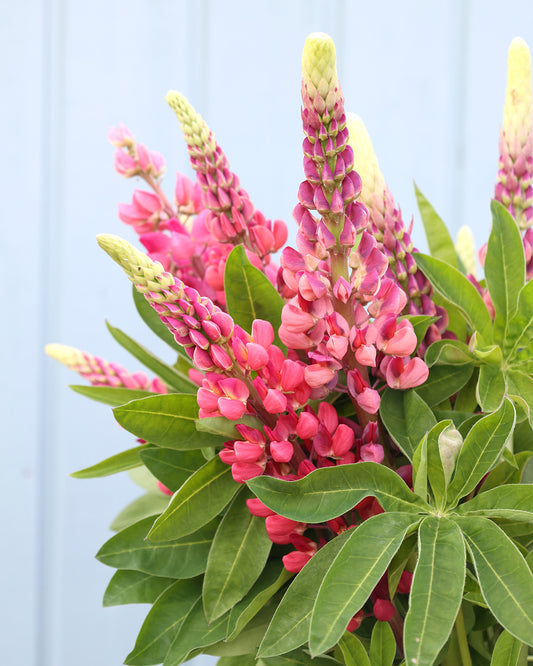
Lupine · 'Gallery Pink Shades' · Lupinus polyphyllus · Saatgut von Gartenzauber
The lupine 'Gallery Pink Shades' presents a fascinating palette of delicate pink tones, ranging from soft pastel pink to vibrant magenta. The upright flower spikes add a majestic touch to the garden and are a true asset for flower lovers who want to create impressive accents in beds and stylish floral arrangements. Their subtle floral fragrance attracts pollinating insects and enlivens the garden with a lively buzz.
Details:
Sowing indoors/greenhouse: April
Sowing outdoors: May or August
Germination time: 7-14 days at 14-18°C
Sowing depth: 2-3 cm
Height: 45-50 cm
Planting distance: 40 cm
Flower size: <5 cm
Flowering time: June to August
Soil: permeable, no waterlogging
Fertilization: slow-release fertilizer if necessary
Location: Sun/partial shade
Water consumption: medium, no waterlogging!
Growing tips:
Lupins should be sown directly into the garden bed in May or August. They will then typically not bloom until the following year. If you want faster flowering, you can advance lupins by sowing them in early April and then planting the young plants in the garden bed. After planting them outdoors, the soil should be kept consistently moist until the young plants reach a height of about 20 centimeters. At this point, the plants' roots will have extended deep enough into the soil to provide themselves with sufficient moisture. From this point on, it is advisable to water only when the soil surface appears dry.
Lupine seeds are characterized by their considerable size and hard shell, which makes natural germination difficult. To promote germination, it is recommended to roughen the shells by rubbing the lupine seeds between two layers of sandpaper. After this preparation, the seeds are placed in a thermos of warm water for 24 hours to allow them to swell before sowing.
Use:
cut flower
Bee pasture
Bag contents:
Approx. 25 seeds
Store in a cool, dry place.

